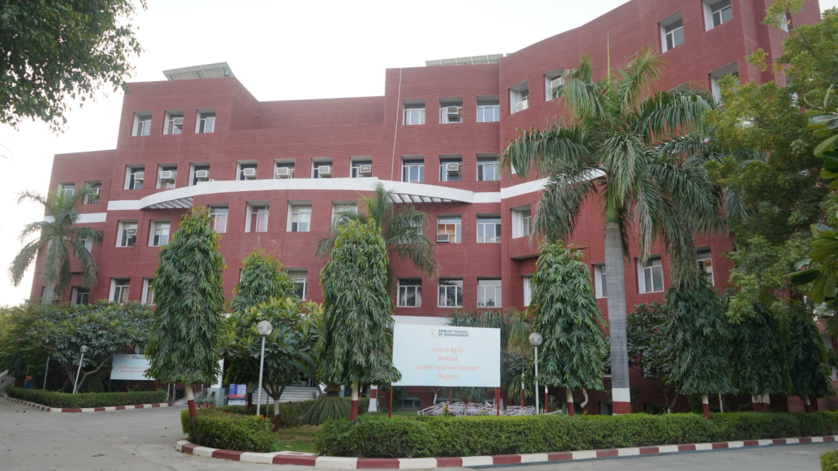ARTICLE AD BOX

From immersive storytelling on OTT platforms to AI-enhanced newsrooms, the media landscape is undergoing a seismic shift. With every scroll and click reshaping how stories are told and consumed, demand for skilled, adaptable professionals is surging.
The stakes are higher, and so are the expectations from both audiences and employers.For students aspiring to make a mark in journalism, advertising, digital content, public relations, or media management, this evolution presents both opportunities and challenges. Especially when it comes to the first big decision- choosing the right institute to prepare them for the world ahead.What defines a future-ready media institute?1. Curriculum that mirrors industry shifts Modern media roles demand more than just textbook knowledge. Institutes must offer courses that reflect industry realities, such as data-led journalism, influencer marketing, content strategy, podcasting, and immersive video production. Flexibility to learn new tools and respond to fast-evolving trends should be built into the curriculum.2. Strong placement track record One of the most critical metrics for students and parents alike, placement performance reflects how well-connected an institute is to the industry.
Look for programmes that have long-standing relationships with top media companies and offer internship pipelines, mentorship, and alumni support.3. Infrastructure that simulates real-world conditions Gone are the days when classroom learning was enough. Today, high-end production studios, digital editing suites, radio and TV labs, and access to software like Adobe Creative Suite or AI-based content tools are essential for hands-on learning and creative experimentation.

4. Real-world exposure and flagship initiatives Participation in industry-led projects, film festivals, and panel discussions helps bridge the gap between theory and practice. Institutes that facilitate such exposure prepare students to confidently transition from campus to career.Why AIMC stands out among Delhi’s media collegesInstitutes like Apeejay Institute of Mass Communication (AIMC), which are consistently ranked among Delhi’s top private media colleges, have begun integrating new-age modules into their mainstream coursework, offering students a head start in future-facing roles.

According to recent HANSA and MDRA surveys*, AIMC has been ranked the No.1 private media institute in Delhi for five consecutive years, a validation of both its curriculum strength and career outcomes.Its programmes in journalism, PR, advertising, digital content, and TV/radio production are designed with real-world applicability in mind. The faculty comprises industry experts and media practitioners. Students gain access to high-definition (HD) production studios, Mac-based editing setups, drone video tools, and the full Adobe Creative Suite, equipping them with the resources to transform their ideas into compelling content.The institute also stands out for its flagship initiatives, including the We Care Film Festival on disability awareness, Media Chaupal interactive forums, and the Academic-Industry Orientation program. Perhaps most importantly, AIMC shares that it supports students with 100% placement assistance through its strong industry networks and alumni connections.Invest in the right launchpadThe media world is full of promise, but also unpredictability. The right institute can provide aspiring professionals with the stability, support, and skills they need to not only survive but also thrive. Whether you're a student or a parent making a career decision, evaluating institutes based on curriculum, infrastructure, industry connections, and long-term relevance is the best place to begin.To explore programmes at AIMC, visit https://www.apeejay.edu/aimc.Reference/s:*https://www.ptinews.com/press-release/aimc-recognized-among-the-best-mass-media-colleges-in-india-for-excellence-in-media-education/2601158Disclaimer: This article has been produced on behalf of AIMC by Times Internet’s Spotlight team.



.png)
.png)
.png)
















 13 hours ago
4
13 hours ago
4









 English (US) ·
English (US) ·